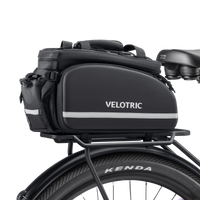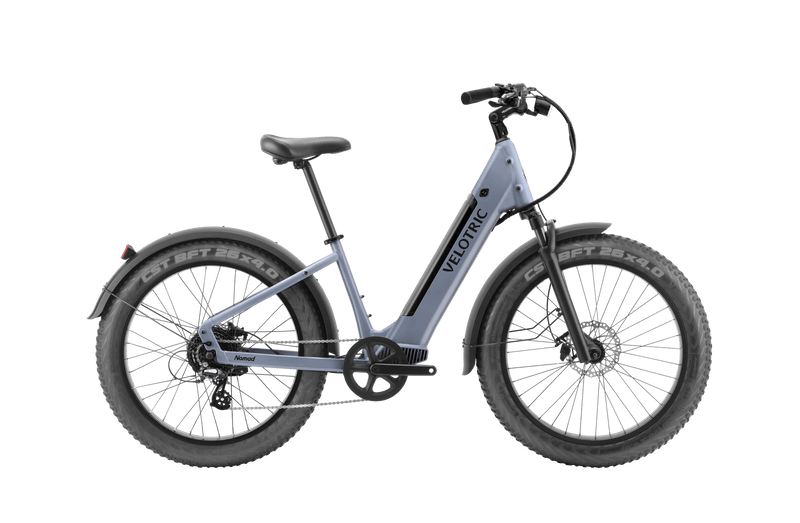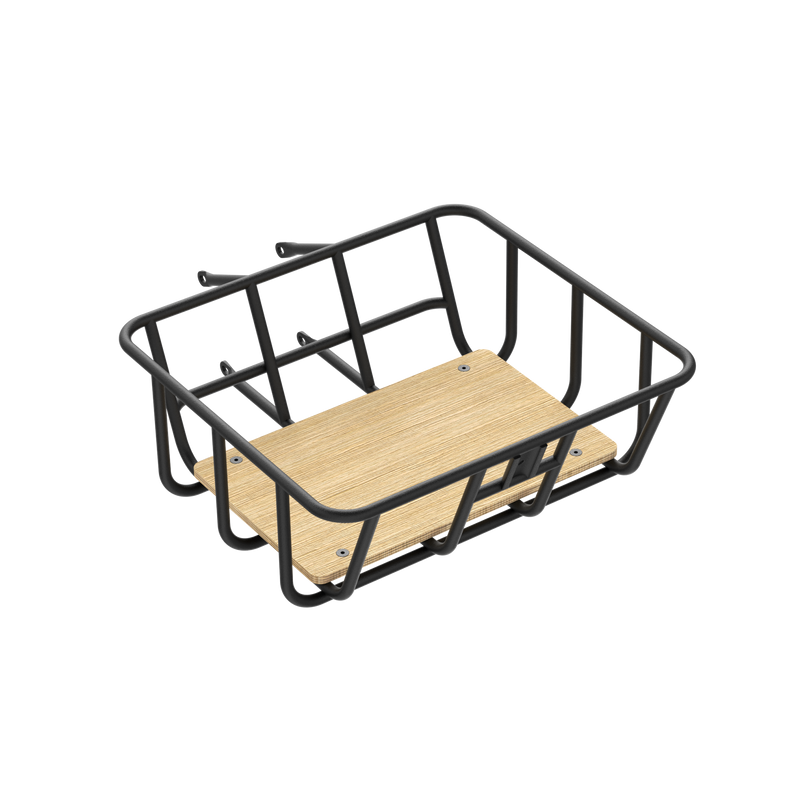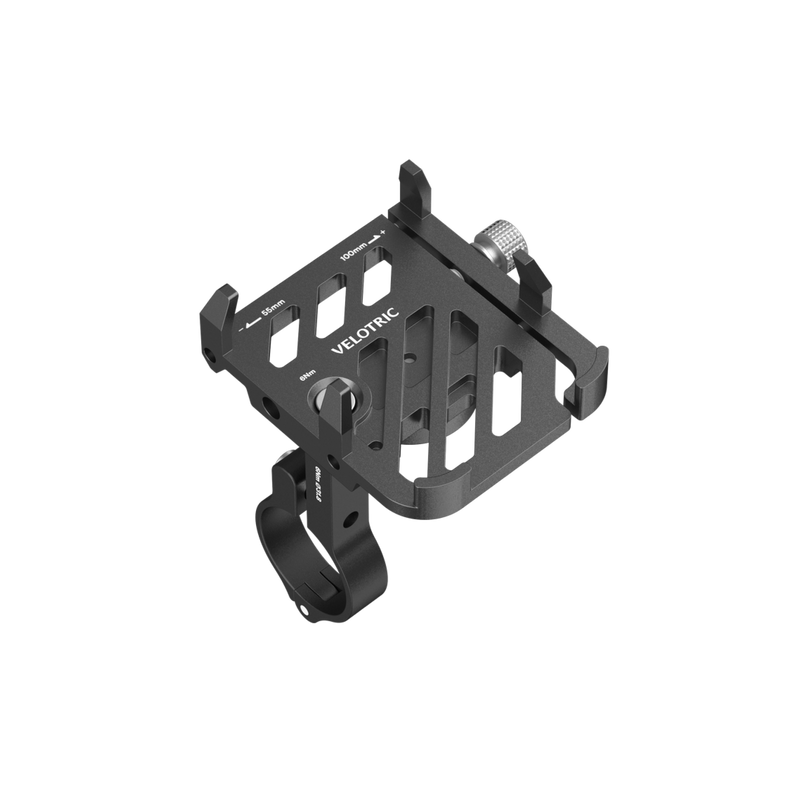Many of us spend our commutes on autopilot, grabbing our bike, swiping a MetroCard, or renting a scooter without much thought. But do you ever stop and wonder what germs we’re coming into contact with in the process?
We wanted to compare the sanitation levels of the surfaces we often touch during a commute. How much cleaner are our personal items and vehicles than public transportation methods, like buses, subways, and rentable bikes and scooters? To find out, we swabbed many surfaces and had our samples tested in a lab. What we found may make you consider investing in your own mode of transit or at least bringing some hand sanitizer the next time you head out the door.
Key Takeaways
-
A public electric scooter has over 700x the bacteria of a personal electric scooter.
-
A public electric bike has over 800x the bacteria of a personal electric bike.
-
A public electric scooter has 58,000x the bacteria of a toilet seat.
-
A public electric bike has 12,000x the bacteria of a toilet seat.
Comparing Household Objects to Public Transport
To find out how dirty public transit is, we swabbed multiple surfaces on public scooters, bikes, and mass transit vehicles and measured their bacteria levels. Colony-forming units (CFUs) measure the number of living microbes on each item. Here’s what we found.

We found that a public scooter had 58,000 times more bacteria than a toilet seat! Because public scooters are probably not cleaned as often as bathrooms and are often left in public places, it makes sense that they could collect more bacteria. But whether you want to expose yourself to that bacteria is another question.
That toilet seat was also cleaner than a public electric bike, which had 12,000 times more bacteria. You may consider using hand sanitizer when interacting with public bikes to avoid getting sick or investing in an electric bike of your own.
Mass transit can also put you in contact with tons of germs. Commonly touched surfaces on a train had 18 million CFUs. That’s far less than public scooters but still seven times more than a toothbrush holder. You might not think of your toothbrush holder as dangerous to your health, but those germs are typically your own — unlike the inside of a public train.
Of all the commuting surfaces we swabbed, the bus had the most microbial CFUs at 40 million. That’s four times as much bacteria as was found on a kitchen sink, a notorious spot for sneaky germs to congregate. Considering how germy these public transportation methods can be, you might want to take extra preventative measures against illness and infection if you don’t take your own vehicle to work.

The same goes for using other public facilities like gyms, which people often hit before or after work. Even with signs telling patrons to do their part and sanitize equipment after use, we found that gyms can host lots of dangerous bacteria. Shared gym surfaces had even more microbes living on them than commonly germy household surfaces.
Of all the exercise equipment we swabbed, public exercise mats had the most bacteria at 5.9 million CFUs — about four times the amount we found on a computer keyboard. Public weights were also major microbe hosts with 270,000 CFUs. That’s 19 times the amount of bacteria we found on a pet’s tennis ball! Think your dog’s mouth is cleaner than yours? Think again!
Transit Contamination Comparisons
So, how do these shared surfaces compare to their personal counterparts? Next, we pitted our dirty data on transportation surfaces against that of personal scooters, bikes, and cars. We also determined what types of germs were living on each.

We weren’t surprised that buses and trains were significantly germier than personal cars. But we didn’t expect the bus we swabbed to contain more than a whopping 3,000 times the bacteria of a car’s interior. Three-quarters of these microbes were gram-negative rods: infection-causing bacteria that are highly resistant to antibiotics. The last 25% were gram-positive rods, which can also cause severe disease.
The train didn’t fare much better, with 1,500 times more microorganisms lurking inside than what we found in the car. Nearly three-quarters of the train’s 18 million CFUs were gram-positive rods, and the rest were gram-negative rods. Comparatively, personal cars’ mere 12,000 CFUs were mostly bacillus (an organism commonly found in soil) and some gram-positive rods.
Swabbing electric bikes and scooters showed similar results. A public electric scooter had over 700 times the bacteria of a personal one. But the shared scooter was populated entirely by gram-positive rods while the private one was host only to bacillus.
Meanwhile, a personal bike had 8,000 CFUs on it; all gram-positive cocci, which can cause inflammatory disease. An occasional wipe-down with antiseptic should keep those in check, but you’ll want to sanitize public electric bikes thoroughly before every use. The one we tested had 6.5 million CFUs (more than 800 times that of the personal bike), all of which were potentially deadly gram-negative rods.
Pumping the Iron and the Sanitizer
We also compared how germs on personal and private gym equipment stack up. Are public gyms truly germier, or should we all be racing to disinfect our private equipment, too? You might want to grab that sanitizer either way.

Overall, public workout equipment had much more bacteria than personal workout equipment. Specifically, we found that a public treadmill had nearly triple the bacteria of a home treadmill. But the personal one was teeming only with bacillus, while the public one also had gram-positive cocci. Even more jarring, public weights had nine times the CFUs of personal weights, but all of them were bacillus.
The germiest piece of workout equipment by far was the shared yoga mat. The one we swabbed had over 200 times more CFUs than the personal mat, and a much higher percentage were disease-causing gram-positive rods. You might consider bringing your own mat to class next time.
While practicing good hygiene and sanitation in public gyms is important, you still need to clean your home gym equipment. Considering the sweat and grime they’re subjected to, you should disinfect them frequently and always wash up after a workout — especially now that you know what’s living on them.
Arriving Safely
It’s safe to say that you’re likely to encounter far fewer germs during your day if you commute with a private vehicle and work out with your own equipment. We found much higher concentrations of microorganisms on public transit surfaces, like buses, trains, and rentable bikes and scooters than in personal modes of transport.
But safe hygiene practices are vital, no matter how you get around or exercise. Keep your hands clean and sanitize surfaces periodically — more often when those surfaces are shared. If you don’t have your own vehicle or workout equipment, investing in your own bike might be a good option as well.
Methodology
We conducted three gram and stain culture swab tests across personal and public commute objects. Each surface was swabbed three times. CFUs per swab were averaged for each surface type. It is possible that with a larger sample size of surfaces, we could have gained more insight into CFU levels. No statistical testing was performed, and the above claims are based on means alone. As such, this content is exploratory. Bacteria definitions were sourced from ncbi.nlm.nih.gov, britannica.com, and sciencedirect.com.
About Velotric Bike
Velotric Bikes are elegant, stylish, high-performance electric bikes perfect for commuting and getting around town. We’ve worked tirelessly to ensure our bikes are safe, affordable, and comfortable to ride.
Fair Use Statement
If you found our findings interesting, feel free to share this article for noncommercial uses. Please be sure to credit Velotric Bike by linking back to this original page.







































